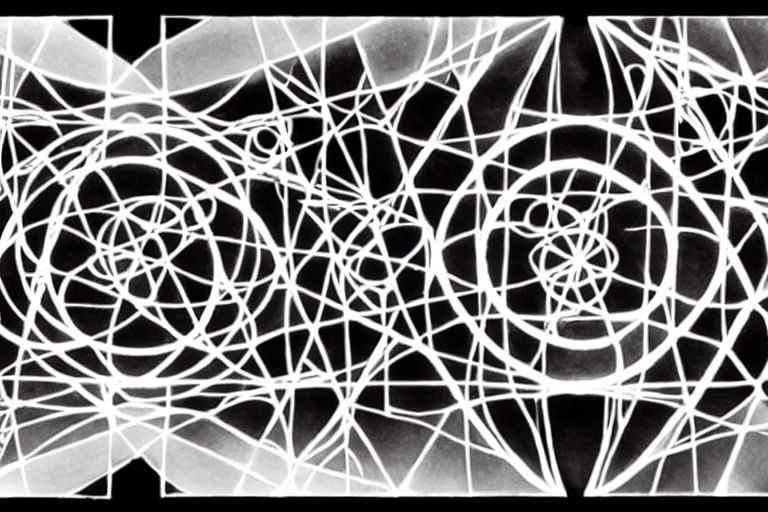The Science Behind Sacred Geometry: Debunking Common Myths and Misconceptions
Sacred geometry has been a topic of fascination for centuries. Ancient civilizations believed in the power of geometric shapes to create harmony and balance in the world. Today, many people still believe in the spiritual and healing properties of sacred geometry, but some of the myths and misconceptions surrounding it have become ingrained in popular culture. In this post, we will take a closer look at the science behind sacred geometry and debunk some of the common myths and misconceptions associated with it.
What is Sacred Geometry?
Sacred geometry is the study of geometric shapes and their relationship to the natural world. The shapes are believed to have special properties that can affect the human body and mind. Some of the most well-known shapes in sacred geometry include the Flower of Life, the Seed of Life, and the Sri Yantra.
Myth #1: Sacred Geometry is a Pseudoscience
One of the most common misconceptions about sacred geometry is that it is a pseudoscience. While it is true that the spiritual and healing properties of sacred geometry cannot be measured by traditional scientific methods, there is still a scientific basis for its study. Scientists have found that certain geometric shapes can affect brain activity and alter consciousness. For example, studies have shown that looking at the Sri Yantra can induce a state of deep meditation.
Myth #2: Sacred Geometry Can Cure Diseases
Another common myth about sacred geometry is that it can cure diseases. While there is no scientific evidence to support this claim, there is evidence to suggest that certain shapes can have a positive effect on the body. For example, the hexagon has been shown to increase oxygen uptake in cells, which can help to promote healing.
Myth #3: Sacred Geometry is Exclusive to Ancient Civilizations
Many people believe that sacred geometry is exclusive to ancient civilizations such as the Egyptians, Greeks, and Hindus. However, sacred geometry is still studied and used today by many individuals and organizations. For example, the United Nations has used the Seed of Life as a symbol for sustainable development, and architects use the principles of sacred geometry to design harmonious and aesthetically pleasing buildings.
Conclusion
In conclusion, while there is no scientific evidence to prove the spiritual and healing properties of sacred geometry, there is still a scientific basis for its study. Sacred geometry has been used for centuries to promote harmony and balance in the world, and its study is still relevant today. By debunking some of the common myths and misconceptions surrounding sacred geometry, we can gain a better understanding of its true value and potential.



